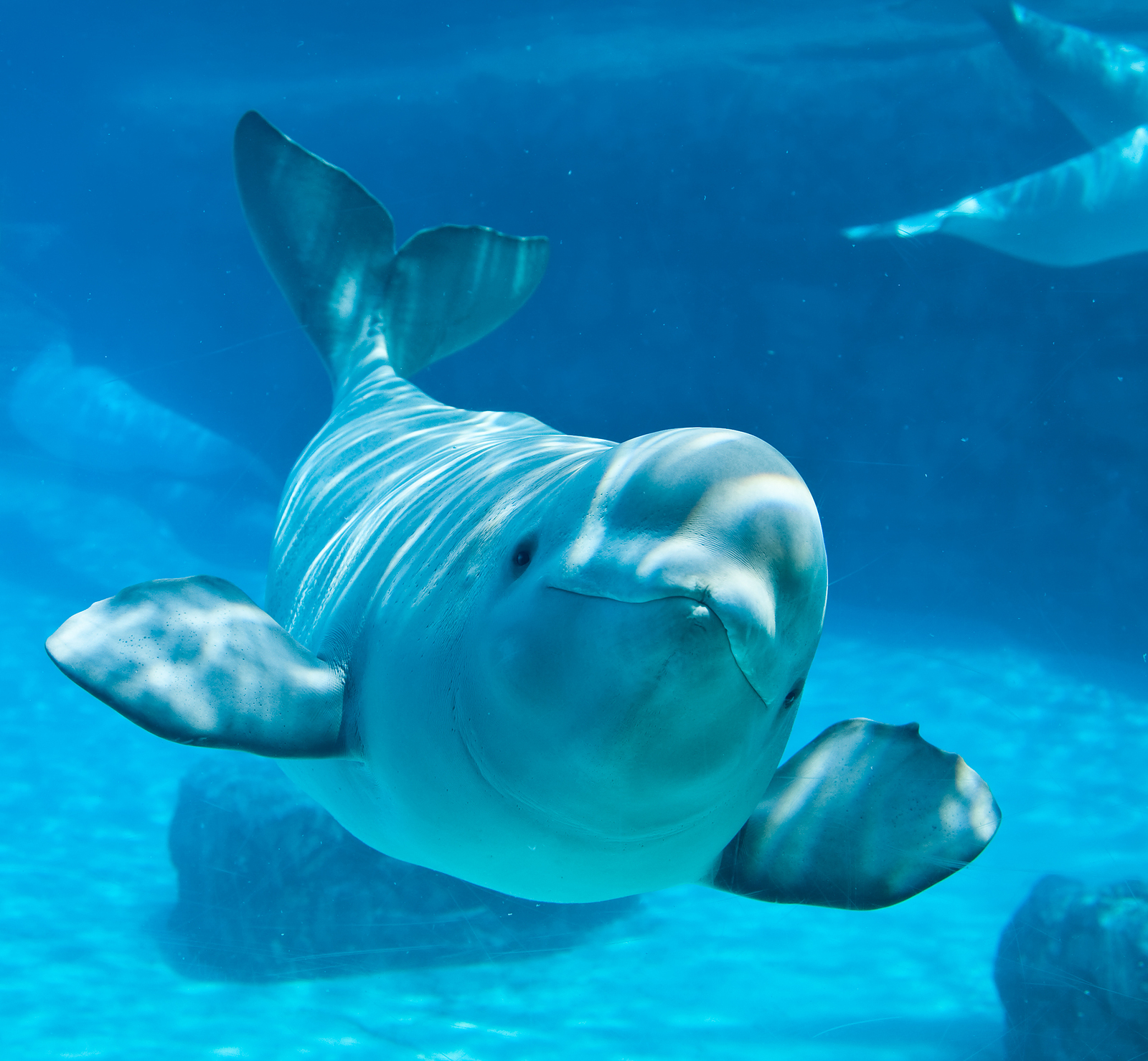By Yuval Israel, Year 11
“Belukha”, “the white whale” and “the sea canaries” are all names used for one of the 90 different species of whales present on Earth, the Beluga. Belugas are part of the “Cetaceans”, which are an infraorder of the aquatic mammals belonging to the order Artiodactyla, which includes whales, dolphins and porpoises. Cetaceans are of high intelligence rank in the wild, and they are known to be social creatures which interact on an emotional and social level with other animals and even human beings.
Studies have shown that whales and dolphins display a significant amount of understanding of abstract knowledge and possess the ability to overcome new challenges set in the wild. We are also led to believe that they possess high emotional intelligence and can understand complex emotions such as sadness and anger but rather choose to express emotions such as curiosity and amusement. Belugas are known to be the most naturally curious and sociable type of whales. Being reasonably social and expressive creatures, they live in groups of about 25 individuals, and can also congregate into a mega-pod, consisting of up to a thousand whales, not including kin.
Belugas are much more similar to us humans than one might think; they share common characteristics with humans which, in the past, scientists failed to see. One of many is the Beluga calf’s childish and juvenile nature which is also often found in children. Belugas are very playful; they enjoy chasing other members of their pod, spitting water at each other and even mimicking each other’s squeals.
Apart from socializing, Belugas are extremely vocal, earning them the nickname of the “sea canaries.” They use sound navigation and production to hunt and communicate in dark areas of the ocean, where sight is useless. They also use echolocation, a technique used to determine the location of objects and prey by listening to the echo after emitting a sound wave. Echolocation is also useful to them as it can alert members of their pod if an intruder or predator is nearby. Unlike dolphins, whose mimicking is learnt, Beluga’s, due to their curious nature, spontaneously mimic sounds and frequencies. For example, one captivated 9 year-old Beluga was heard mimicking the pattern and frequency of human speech. As NOC (National Oceanography Centre) scientists discovered, Belugas achieve this impressive feat by using their nasal cavity to change their frequencies on command.
Belugas are in fact believed to be smarter than the average animal. Neuroscientists think that the Beluga brain contributes to its intelligence as it is not only twice the size of an average human brain, but it also contains more folds, and therefore more surface area, indicating capacity for analytical thinking, self-consciousness, and reasoning. The marine mammal’s behavior demonstrates its use of memories; scientists can perceive actions of adult Belugas being mimicked by their calves even after they are no longer there.
Unfortunately, these highly intelligent creatures are quickly diminishing, with only an estimate of 200,000 left on Earth. Numbers are quickly decreasing as Beluga whales are being hunted for human consumption, as well as for the production of oil, which is used for cooking and fuel. However, this only means we should protect these creatures more than before, as they not only are sociable and loving creatures, but also as they create a positive impact on the environment, their waste stabilizing the offset of carbon in the atmosphere. Belugas create a positive environmental, social and emotional impact on both living beings and the Earth, which is why we should continue to protect wildlife, as even the whales can make a difference.



